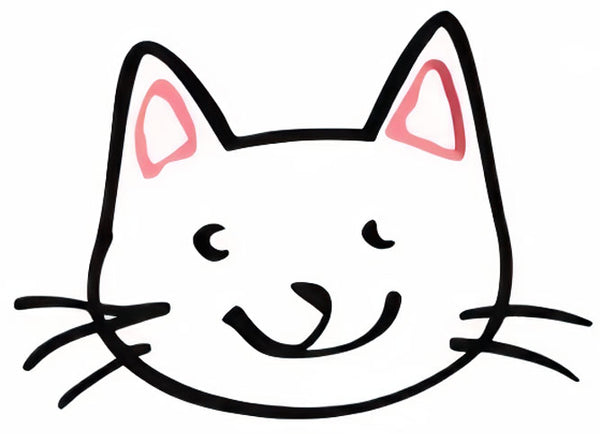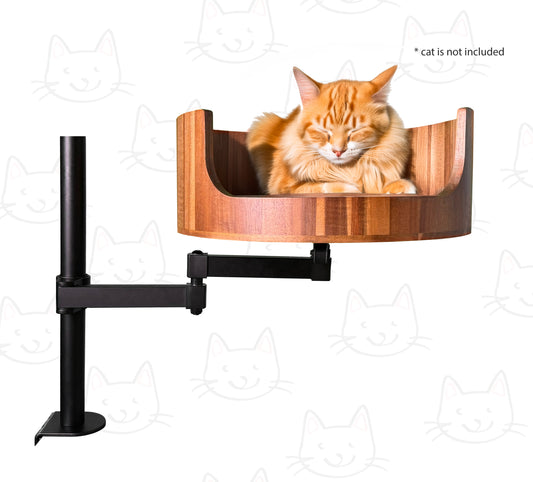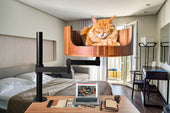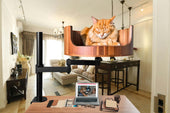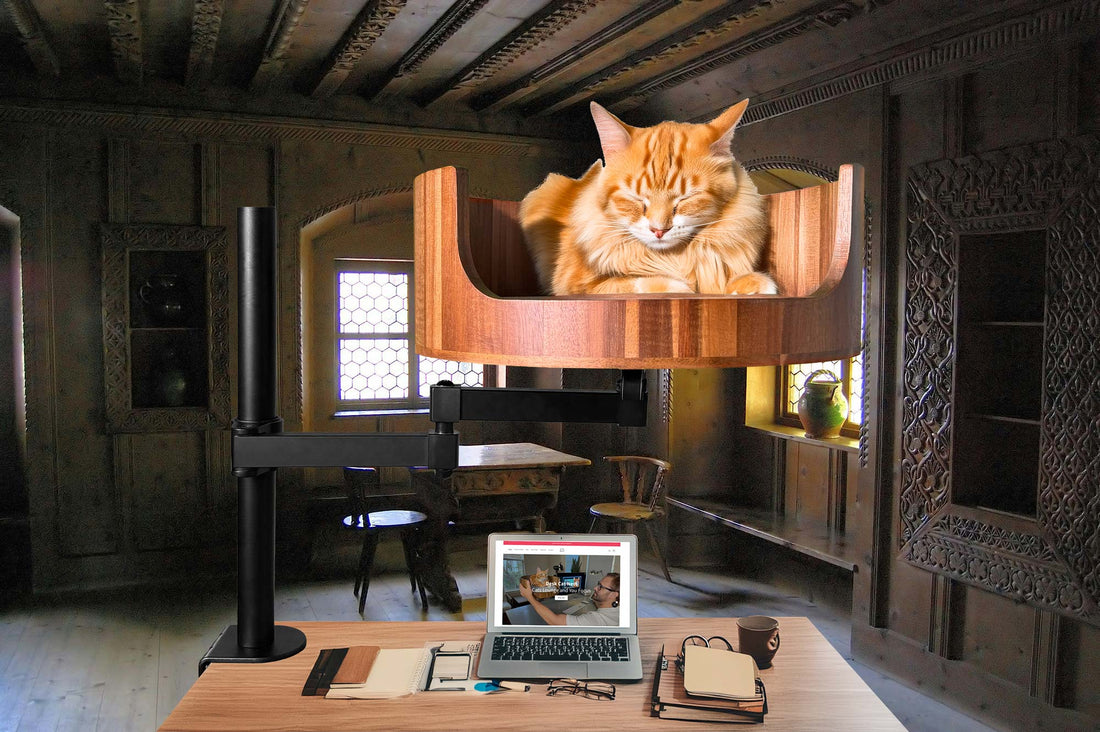
Why Does Cats Tail Vibrate: Understanding Feline Behavior
Share
Have you ever wondered why your cat's tail vibrates or shakes in certain situations? Understanding feline behavior can give us valuable insights into our furry friends' emotions and communication methods. In this article, we will delve into the reasons behind cats' vibrating tails, exploring the different contexts in which this behavior occurs and what it signifies.
Cats have a complex language of their own, and their tails play a crucial role in conveying messages to other animals and humans. From expressing excitement and anticipation to signaling fear or aggression, a cat's tail movements can speak volumes about its emotional state. By observing and interpreting these signals, we can better understand our feline companions and strengthen the bond between humans and cats. So, if you've ever wondered why your cat's tail suddenly starts vibrating, stay tuned as we unravel the mysteries behind this fascinating feline behavior.
1. Cats' tails vibrate as a form of communication, expressing emotions like excitement, fear, or aggression.
2. Understanding tail vibrations can help owners interpret their cat's mood and respond appropriately.
3. Tail vibrations may also serve as a warning signal to other animals or humans to stay away.
4. It's important to consider the context in which a cat's tail is vibrating to accurately interpret their behavior.
5. By observing and learning from our cats' tail vibrations, we can strengthen our bond with our feline companions and provide them with the care and attention they need.
1. The Function of a Cat's Tail
Cats use their tails as a form of communication and expression. When a cat's tail is vibrating or twitching, it can indicate a range of emotions or intentions. For example, a vibrating tail could be a sign of excitement, agitation, or even playfulness. Understanding the function of a cat's tail can help pet owners better interpret their feline's behavior and respond accordingly.
2. Reasons Why a Cat's Tail May Vibrate
There are several reasons why a cat's tail may vibrate. One common cause is excitement or anticipation, such as when a cat is about to receive a treat or engage in play. In some cases, a vibrating tail may signal frustration or irritation, especially if a cat is unable to reach or attain something they desire. Additionally, cats may also vibrate their tails when they are feeling anxious or threatened, as a way to communicate their discomfort or distress.
3. Signs of a Healthy Cat's Tail Behavior
In a healthy cat, tail vibrations are simply a natural part of their communication system. However, pet owners should monitor their cat's tail behavior to ensure that it is not a sign of underlying health issues. If a cat's tail is constantly vibrating or twitching without any apparent cause, it may be a sign of stress, pain, or even a neurological problem. Consulting a veterinarian can help determine the root cause of a cat's abnormal tail behavior and address any potential health concerns.
Desk Cat Nest FAQ
Why does my cat's tail vibrate?
There are a few reasons why a cat's tail may vibrate. One common reason is that your cat is feeling happy or content. The vibration in their tail can be a sign of relaxation and comfort.
Is it normal for a cat's tail to vibrate?
Yes, it is normal for a cat's tail to vibrate. Cats use their tails to communicate their emotions, so a slight vibration can be a way for them to express contentment or excitement.
Should I be concerned if my cat's tail is constantly vibrating?
If your cat's tail is constantly vibrating or twitching, it could be a sign of stress or anxiety. It's important to monitor your cat's behavior and environment to see if there are any potential triggers causing this behavior.
Can the Desk Cat Nest help reduce tail vibrations in my cat?
The Desk Cat Nest is designed to provide a cozy and comfortable space for your cat to relax and feel secure. By providing a safe and stress-free environment, the Desk Cat Nest may help reduce tail vibrations in your cat.
In conclusion, providing a comfortable and secure sleeping space for your feline friend, such as the Desk Cat Bed, can help reduce stress and anxiety in cats, ultimately helping to alleviate the behavior of tail vibrating. The elevated design of the Desk Cat Bed provides a cozy spot for cats to feel safe and secure, leading to a calmer and more relaxed pet. Investing in a Desk Cat Bed is a valuable choice for cat owners looking to improve their furry friend's well-being and behavior.
